After a search of the duchess's property, and the questioning of her servants, a charge was brought against her which was that she had opened the aforementioned Francis Dereham's private chest and destroyed documents, she admitted nothing. However, Agnes' main concern was the loss of her goods, when asked where she kept her money, she dropped to her knees weeping, asking God to save the king and give him a long and prosperous life.
Eventually, she admitted to hiding money in the private chamber of her home. When an inventory of Agnes' belongings was made there a vast amount of money, about three hundred and fifty pounds in today's money was found. The money was 'confiscated' and taken to Westminster Palace. Where it ended up, well, your guess is as good as mine!
On the 10th of December, the day that both Dereham and Culpeper were executed, Agnes was questioned again and this time she owned up to having prior knowledge of Catherine's wrongdoings at the time she was being put forward as a bride for the king, that she persuaded Catherine to bring Dereham to court and that she did burn his letters.

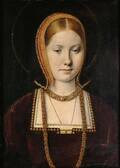
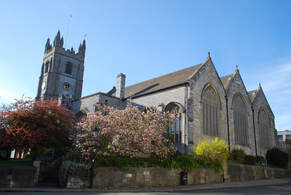
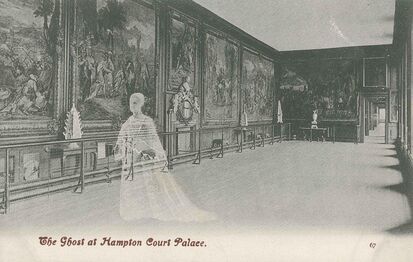
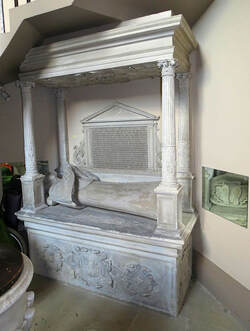
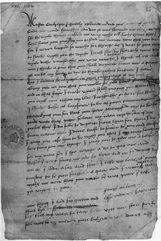

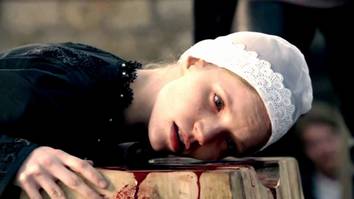
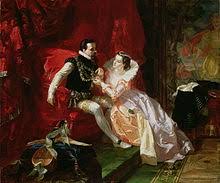
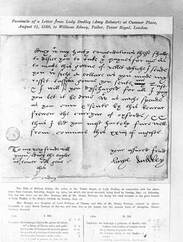
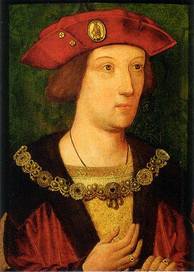
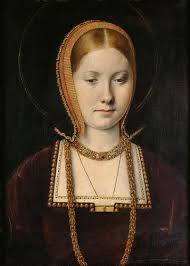

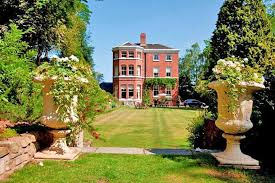
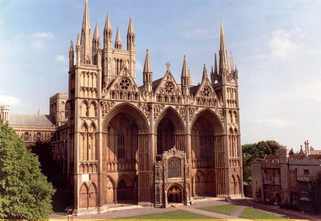
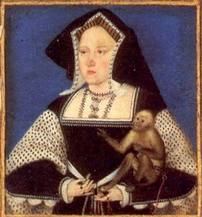
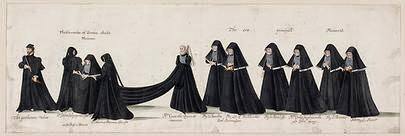
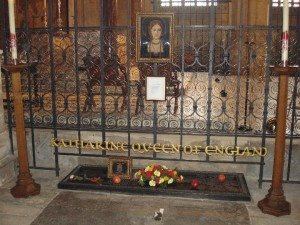
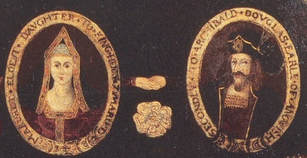
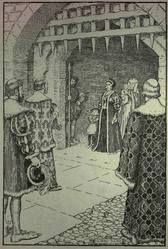
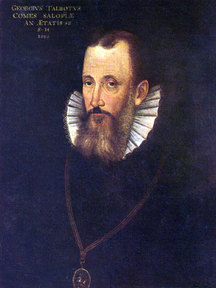
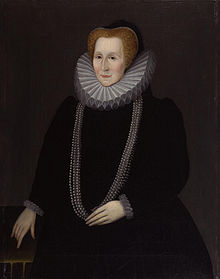
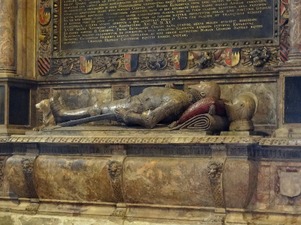
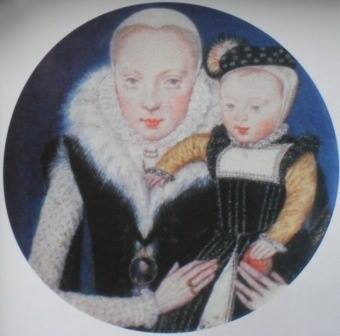

 RSS Feed
RSS Feed
